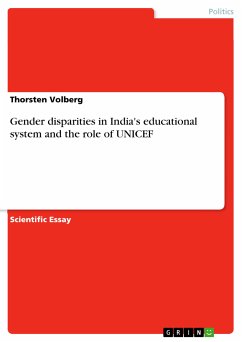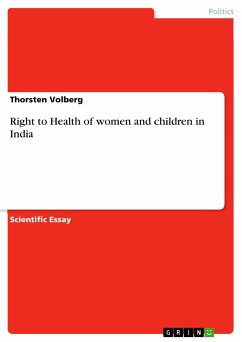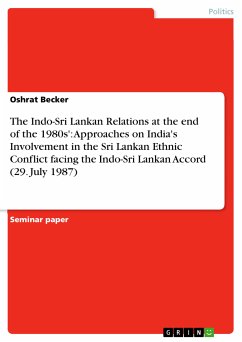Scientific Essay from the year 2006 in the subject Politics - International Politics - Topic: Development Politics, grade: 1,3, Ruhr-University of Bochum (Institute for International Law of Peace and Armed Conflict), course: European Master Programme, language: English, abstract: Violence against women and girls is the most pervasive violation of human rights in the world today. Its forms are both subtle and blatant and its impact on development profound. But it is “so deeply embedded in cultures around the world that it is almost invisible.” Fear of reprisal, censorship of sexual issues, the shame and blame of those violated, unquestioning acceptance of tradition and the stranglehold of male dominion all play their part. Inequities, driven by overwhelming poverty, affect both male and female children in the developing world. Yet cultural traditions, scant economic resources and limited opportunities rather marginalize girls, while young boys usually have better access to health care, nutrition and education. For UNICEF 1990 became the start of a decade in which education became a high programming priority. This included increased inter-sectoral work and a broadened definition of education that expanded its scope from traditional academic study to life skills, peace and conflict resolution, rights and empowerment. Getting children back to school was considered to be as vital as interventions in health, nutrition and water and sanitation. Still the situation of India's children is marked by diversity, persistent disparities and the challenge of enormous numbers. Despite assertions to the contrary, in 2001 India alone had 26.8 million primary school-age children not in primary school. Gender disadvantages in India are further deeply compounded by considerations of caste and class. In India, the history of the educational system is complex, marked by deep debate and many contradictions between policy and practices and between laws and their enforcement. Though India’s present constitutional and policy framework on education has been built on premises that acknowledge and contest gender discrimination the right to education nevertheless “filters through mind-boggling administrative machinery that perpetuates exclusion.” Over the years, the absence of political initiative and funding accompanied by changes in political control has hindered steady progress toward these goals. The region is becoming the hub of technology with the Indian Institutes of Technology providing world-class education to thousands while over 190 million Indian women remain illiterate.









